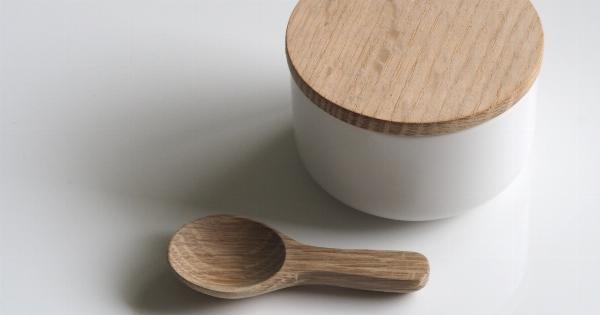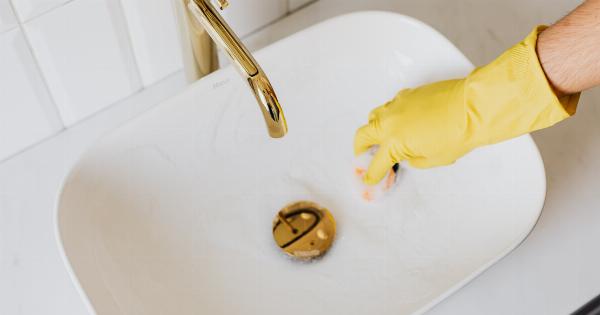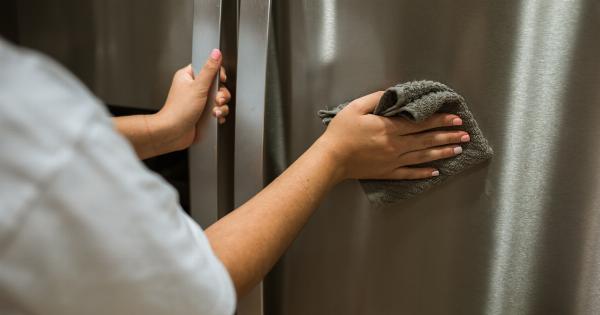Kitchen sponges are an essential tool in every kitchen, used for cleaning dishes, countertops, and various other surfaces. However, over time, these sponges can become a breeding ground for bacteria, mold, and mildew.
This raises an important question – how often should you change your kitchen sponge? Let’s delve into this topic and find out the answer.
Understanding the lifespan of a kitchen sponge
A kitchen sponge is typically made from a porous material that can easily trap food particles, grease, and other contaminants.
When we use a sponge to clean dirty dishes or wipe down surfaces, these particles get trapped within the sponge’s fibers.
Over time, these trapped particles create a perfect environment for bacteria, mold, and mildew to thrive. Additionally, the moisture retained within the sponge provides an ideal breeding ground, making it a potential health hazard.
Research has shown that a kitchen sponge can harbor millions of bacteria, including harmful ones like E. coli and Salmonella. This can increase the risk of cross-contamination and potentially affect the health of your family.
Factors influencing the lifespan of a kitchen sponge
Several factors affect how long a kitchen sponge remains effective and safe for use:.
1. Frequency of use
The more often you use a sponge, the faster it will accumulate contaminants. A sponge used daily will deteriorate more quickly compared to one used less frequently.
Take into consideration your cooking and cleaning habits to determine how often you use your sponge.
2. Type of material
Kitchen sponges are available in various materials, including cellulose, natural sea sponges, and synthetic sponges. Synthetic sponges tend to be more durable and can last longer.
However, regardless of the material, all sponges need to be replaced eventually.
3. Cleaning practices
The way you clean your sponge can also impact its lifespan. If you regularly rinse the sponge thoroughly after each use and allow it to dry completely, you can extend its usefulness to an extent.
However, even with proper cleaning, a sponge will eventually become too contaminated to continue using.
Signs it’s time to change your kitchen sponge
To ensure a hygienic kitchen environment, keep an eye out for these signs that indicate it’s time to replace your kitchen sponge:.
1. Foul odor
A sponge with a persistent, unpleasant smell indicates the presence of bacteria and mold. If washing and sanitizing the sponge don’t eliminate the odor, it’s time to discard it.
2. Visible wear and tear
Inspect your sponge for visible signs of wear and tear. If it starts falling apart, losing its absorbency, or becoming discolored, it’s a clear indication that you need to replace it.
3. Longevity
Regardless of its appearance, it’s generally recommended to replace your kitchen sponge every two weeks. This helps ensure you’re consistently using a clean and safe tool for cleaning.
4. Yellow or greenish color
A sponge that has turned yellow or greenish in color indicates a buildup of bacteria and mold. Even if the sponge doesn’t exhibit any other signs, discoloration is a strong indicator it needs to be retired.
The importance of proper sponge hygiene
While it’s crucial to replace your kitchen sponge regularly, maintaining proper sponge hygiene can help prolong its lifespan and reduce bacterial growth:.
1. Thoroughly rinse after each use
After using the sponge, give it a good rinse to remove any food particles or residue. This helps prevent the growth of bacteria and reduces the risk of cross-contamination.
2. Microwave or dishwasher sanitization
To extend the life of your sponge, you can sanitize it by microwaving it on high for a minute or running it through a dishwasher cycle. This helps kill some of the bacteria present, but it’s not a foolproof method.
3. Allow the sponge to dry completely
Moist environments are breeding grounds for bacteria, so it’s important to allow your kitchen sponge to dry fully after each use. Avoid leaving it in a puddle of water or enclosed in a moist container.
4. Replace regularly
Despite your best efforts, no sponge can remain bacteria-free indefinitely. Make a habit of replacing your kitchen sponge every two weeks to ensure optimal cleanliness and hygiene in your kitchen.
Conclusion
The frequency at which you should change your kitchen sponge depends on various factors, including usage, material, and cleaning practices.
While it’s recommended to replace your sponge every two weeks, be mindful of signs such as foul odor, visible wear and tear, and discoloration. By maintaining proper sponge hygiene, you can extend its lifespan and reduce the risk of bacterial contamination in your kitchen.




























